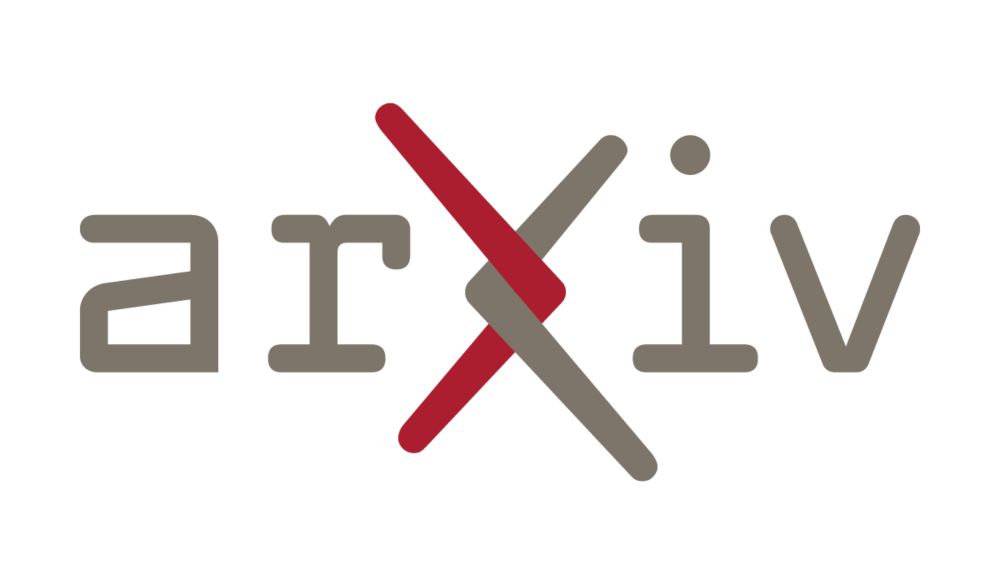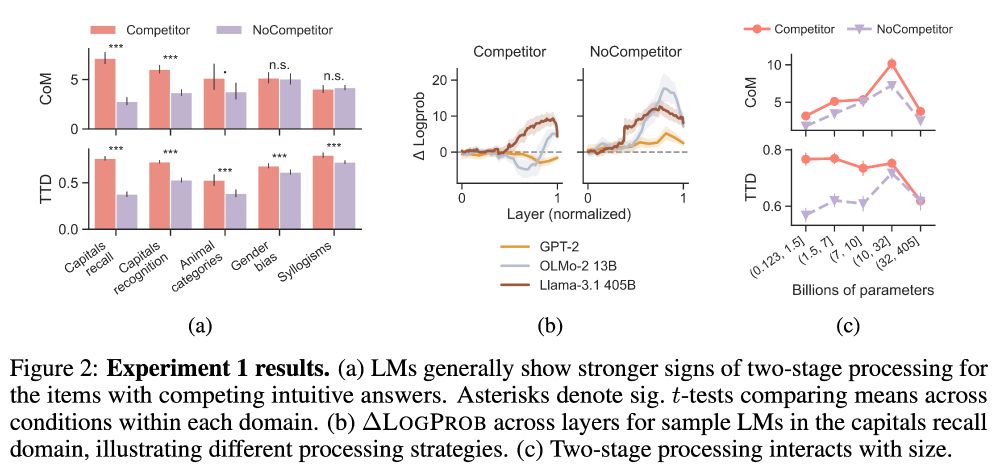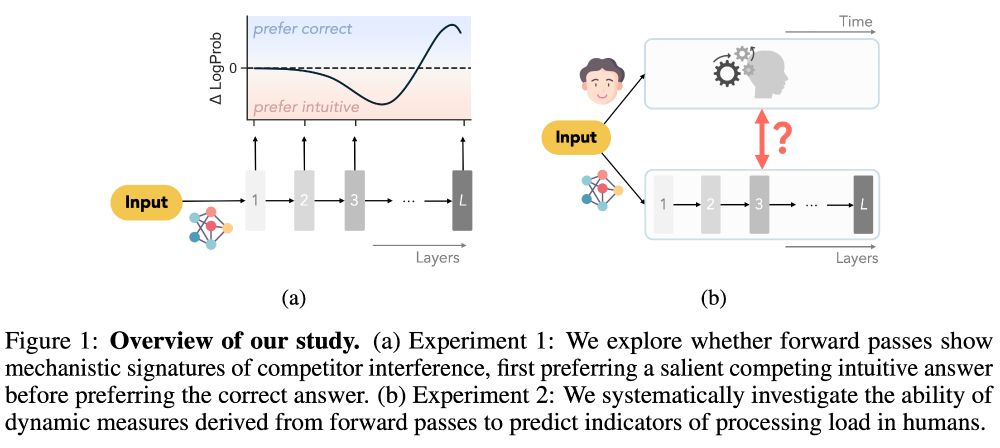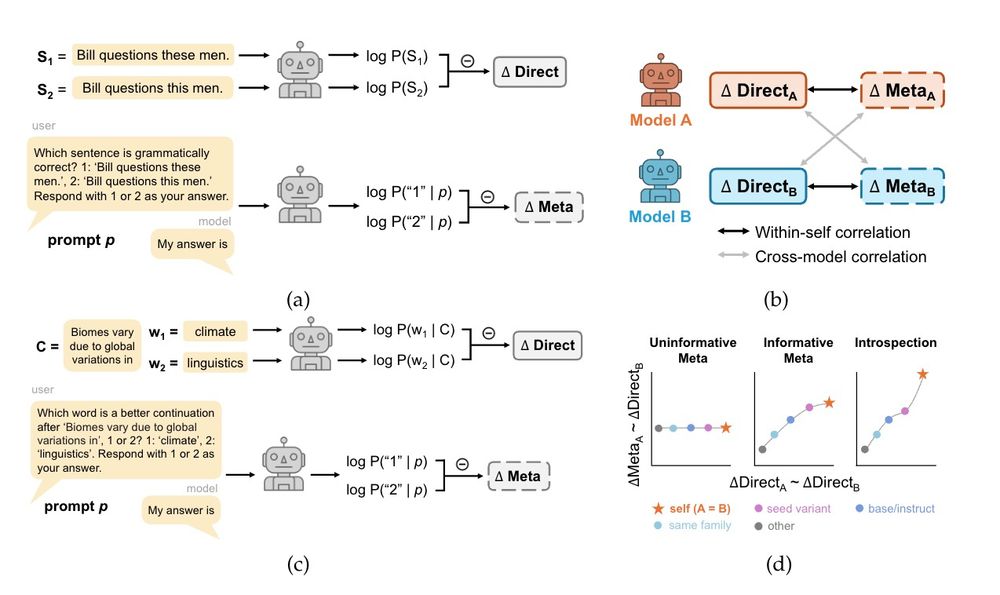Jennifer Hu @ COLM (recruiting PhDs and postdocs!)
@jennhu.bsky.social
2.5K followers
170 following
45 posts
Asst Prof at Johns Hopkins Cognitive Science • Director of the Group for Language and Intelligence (GLINT) ✨• Interested in all things language, cognition, and AI
jennhu.github.io
Posts
Media
Videos
Starter Packs
Reposted by Jennifer Hu @ COLM (recruiting PhDs and postdocs!)
Reposted by Jennifer Hu @ COLM (recruiting PhDs and postdocs!)
Tomer Ullman
@tomerullman.bsky.social
· Mar 6






